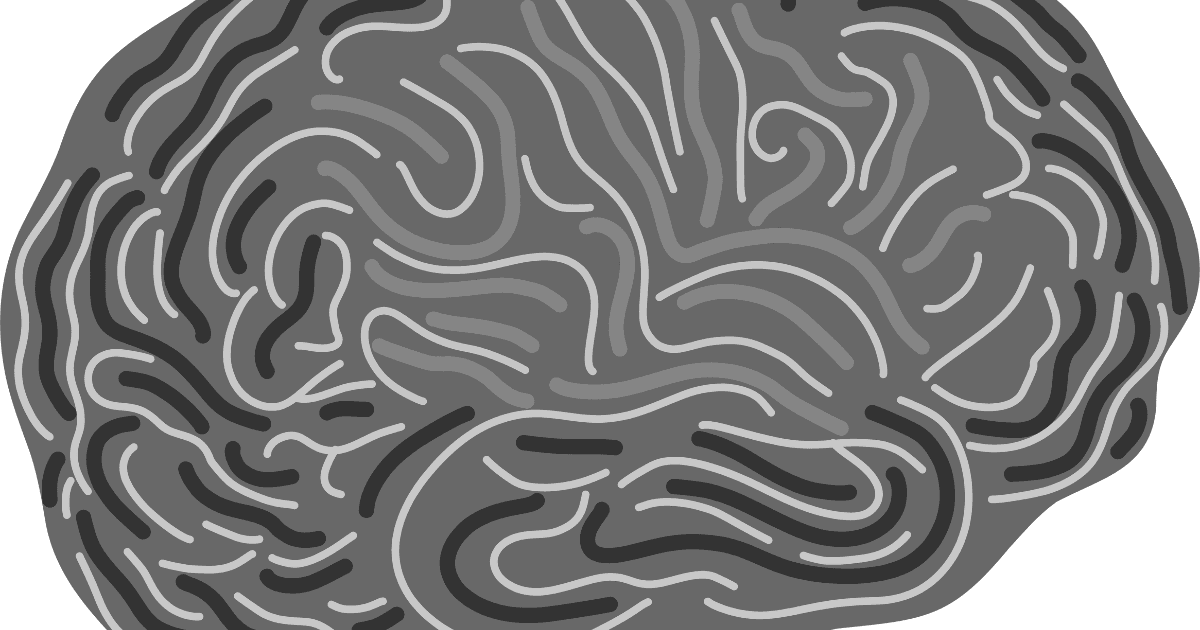How Does AI Recognize Your Face or Translate Languages?
Ever wondered how Netflix recommends movies, how Google Translate works, or how self-driving cars avoid obstacles? The secret behind these innovations is Deep Learning, which is a powerful type of AI that learns from data like the human brain. Let’s break it down in simple terms.
What is Deep Learning?
Deep Learning is a subset of Machine Learning that uses artificial neural networks to make smart decisions. These networks mimic how neurons in the brain process information. Think of it as teaching a child
- You show it thousands of cat pictures
- Over time, it learns what a cat looks like
- Now, it can recognize a cat it has never seen before
That’s deep learning in action, learning patterns from massive data.
How Does Deep Learning Work?
A deep learning model has multiple layers of neurons
- Input Layer – Raw data goes in (e.g., an image, text, or audio)
- Hidden Layers – The model processes data, recognizing patterns
- Output Layer – It makes a decision (e.g., "This is a dog").
The more hidden layers, the deeper the learning, hence the name Deep Learning!
Real-World Applications of Deep Learning
- Healthcare – AI detects diseases in X-rays and MRI scans
- Finance – AI prevents fraud and predicts stock prices
- Chatbots and Virtual Assistants – Siri, Alexa, and ChatGPT use deep learning
Try Deep Learning in 5 Lines of Code
1import tensorflow as tf
2from tensorflow import keras
3
4# Loading a pre-trained model
5model = keras.applications.MobileNetV2(weights="imagenet")
6
7# Processing an image and making a prediction
8img = keras.preprocessing.image.load_img("car.jpg", target_size=(224, 224))
9img_array = keras.preprocessing.image.img_to_array(img)
10img_array = tf.expand_dims(img_array, 0)
11
12predictions = model.predict(img_array)
13print(keras.applications.mobilenet_v2.decode_predictions(predictions, top=1))
14This code loads a pre-trained AI model (MobileNetV2) to recognize objects in an image. It resizes the image to 224x224 pixels, converts it into a format the model understands, and makes a prediction. The model then returns the most likely object in the image with a confidence score. For example, if you give it a car image, it might predict "sports car" (98% confidence).
